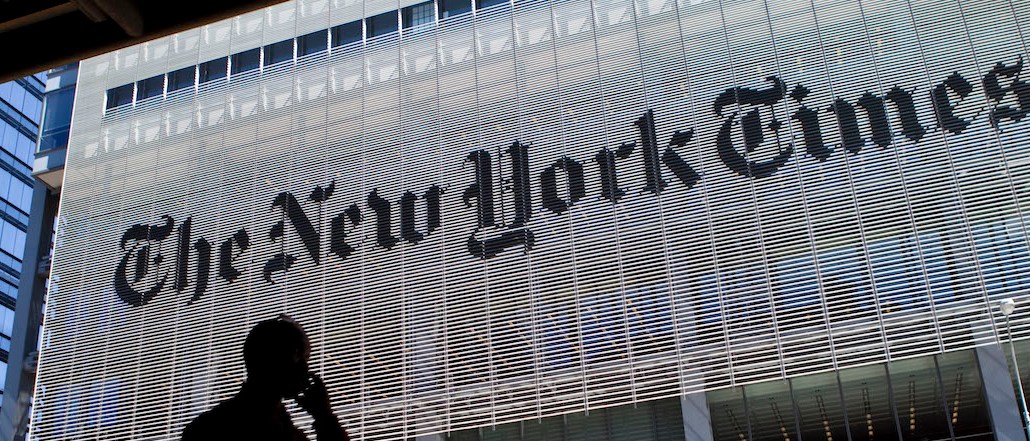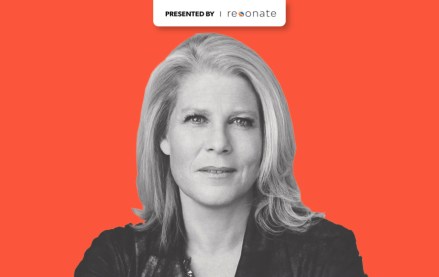After six months of pitching, The New York Times UK team launches its first native ad campaign

After six months of pitching native advertising, The New York Times’ London-based team is starting to show the fruits of its labor. Its in-house unit T Brand Studio is running its first native ad campaign since the U.K. team arrived, while having worked on other international campaigns. The ad, “From a Legendary Mine to an Emerald Brand,” for emerald company Muzo, tells the story of Colombian emerald mines. It’s running for a month to tie in with the designer watch festival, Baselworld.
The New York Times has sold a lot of luxury ads in print, but converting those advertisers into digital spenders is a challenge, admits studio director, Kaylee King-Balentine, who came to London from New York to start T Brand Studio last July.
“The luxury space is difficult with branded content,” conceded King-Balentine. “These luxury brands build their house, and they protect their house, and they don’t want anyone coming into it. The aesthetics are so specific and they spend so much money on campaigns that, rightly so, they are so sensitive about what goes adjacent to it.”
Muzo provided most of the text and visual content for T Brand Studio, who worked on this campaign for just a month, but T Brand still had some creative input. For instance, the studio’s editor wrote the headlines for the Facebook posts. T Brand Studios said it is thanks to this editorial steering that Muzo’s post has outperformed the goals that was set for it.
Since landing in London in September 2015, T Brand Studio is proud of having two branded videos featured as staff’s picks on Vimeo, which chooses four videos a day to feature on the homepage.
One was for Philips, who has worked with the content studio in New York for over a year until London took over the account.
For Philips, the Times created a film about an Icelandic fisherman who has sleep apnea, based on the three pillars that are important to the advertiser: aging, breathing disorders and sleep. “They gave us the freedom to tell the best story we thought the audience of the New York Times would want to see,” said King-Balentine. Being chosen as a staff pick guarantees a few thousand views, and is validation for the idea that branded content can compete with editorial.
Having as strong heritage as the Times does is a blessing and a curse, though. The T Brand Studio in New York has a staff of 45 and has a long track record (120 campaigns for more than 60 brands) since launching two years ago. Design director Graham McDonnell and the New York data team found that 78 percent of the studio’s paid posts outperformed Moat’s benchmark for scroll depth on editorial posts (although it’s worth noting the data is from T Brand Studios itself, so it’s self-serving). The U.S. team gets bigger budgets to work with and operates in one market, too.
By contrast, the U.K. team is just four people fighting for a slice of global budgets while targeting smaller markets in Europe, Asia and the Middle East. In a saturated market, the Times also has to convince readers to make it their first stop for news.
Even so, the London team has big expectations for growth, based on the nascent state of the native content market in London. “It feels like New York two years ago,” said King-Balentine. “It’s really exciting.”
More in Media

With a new ‘answer engine,’ Brave browser adds another generative AI tool for search
The privacy focused browser’s new tool is the latest to offer a synthesized summary for queries using its independent index.

NBA CMO Henault: How the league added music and fashion to its bench strength
Tammy Henault, CMO of the NBA, shared some of the strategies that helped the association stand out from other pro sports leagues.

‘Beginning to be the practical’: GE global CMO Linda Boff on the evolution of AI in marketing
Boff pointed to market research as an area where AI is beginning to have an impact, in a good way, on an industry feature that has lingered in the traditional.





